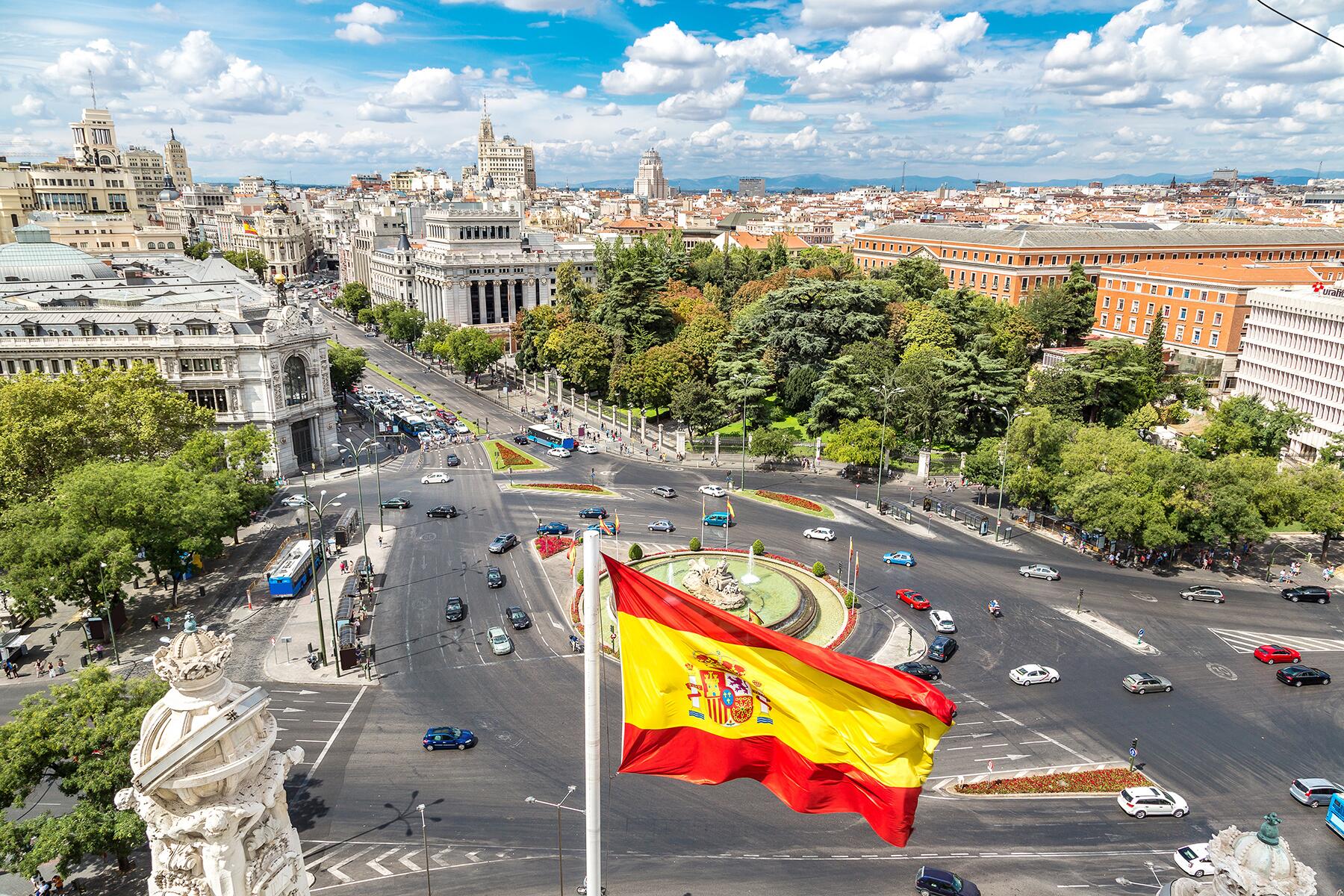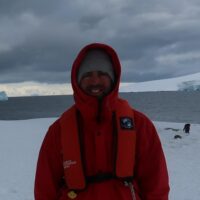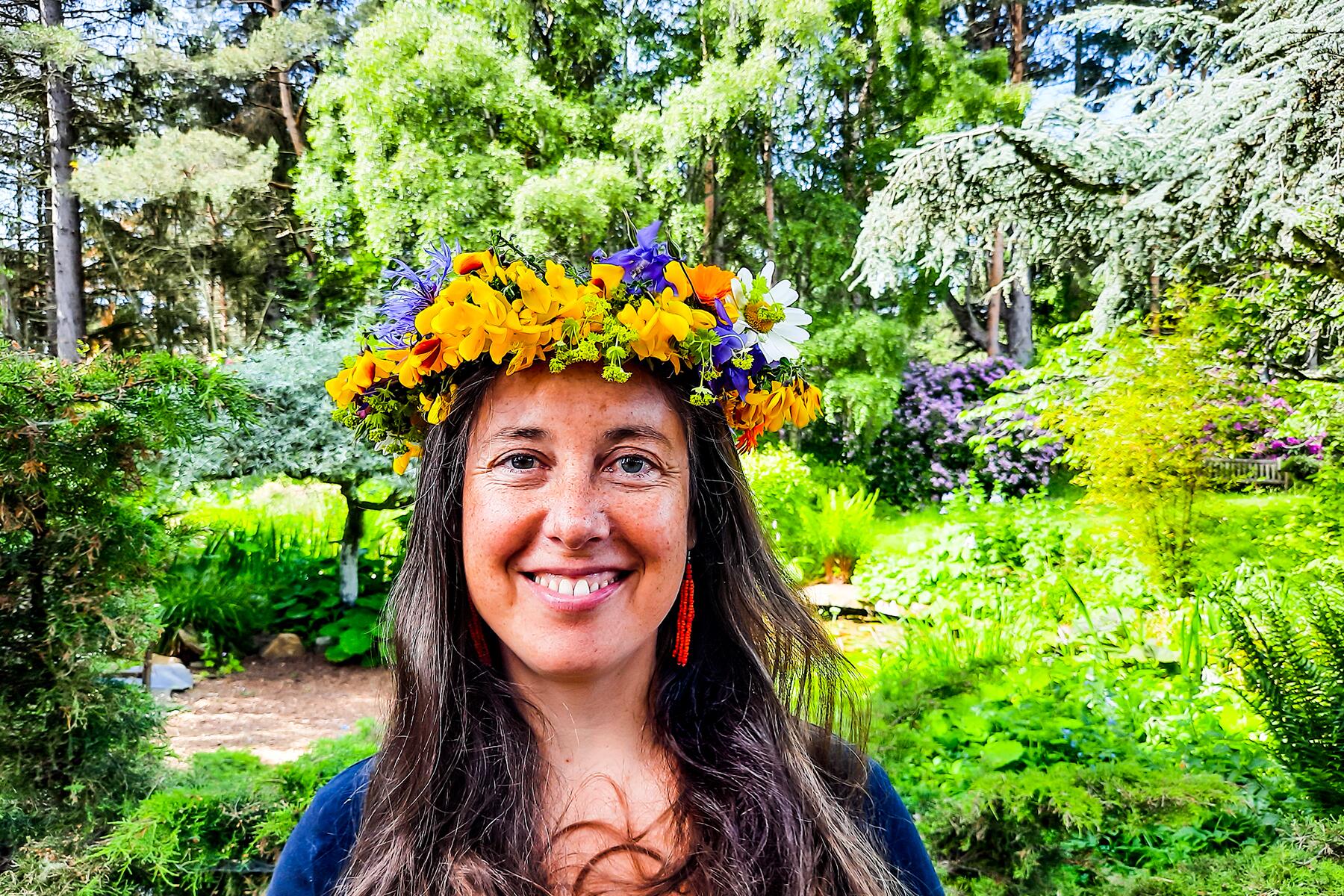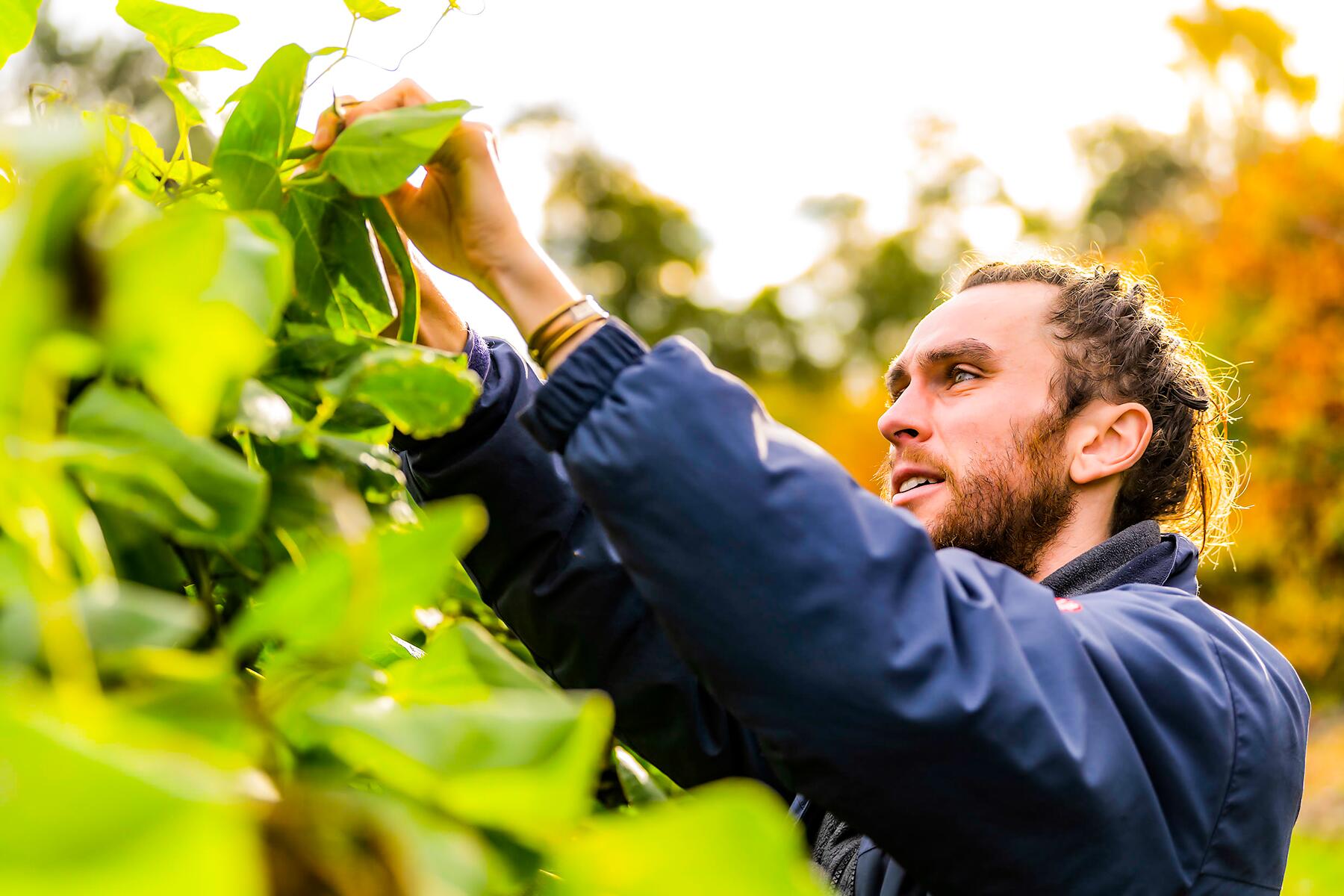An eco-village on Scotland’s Moray coast is celebrating its 60th anniversary.
This month, the Findhorn eco-village, known as The Park, celebrates its 60th anniversary. In 1962, three recently unemployed hotel managers moved to a caravan park on Scotland’s Moray coast. Despite the sandy ground, they could grow vegetables here, and in a few years, a community had begun to form. Sixty years later, the Findhorn Community is a flourishing eco-village where the Findhorn Foundation runs a large organic garden, a former Victorian Hotel for retreats and workshops, a small Scottish island, and much more.
“Most of my days start with a beach walk with my dog, often with a dip in the sea,” says Britta Schmitz, who has lived in The Park eco-village since 2014. In search of peace and quiet, fascinated by the community’s culture, and keen to embrace life, she explains that there’s no such thing as a typical day here. “I might write or take photographs, answer emails, make phone calls, go to meetings or sharings,” she adds. Sharing circles are a frequent occurrence in life at The Park, allowing participants the opportunity to reflect or gain insights from one another.
Spirituality is woven into Findhorn’s various locations and projects. Part of their mission is co-creating with nature, a mission which has resulted in a village of colorful and attractive eco-friendly buildings, a “Living Machine” that treats wastewater, plus a wind farm that powers the and earns it money by feeding into the national grid.
Recommended Fodor’s Video
“Life feels like a meditation when I have my fingers in the soil and can listen to the songs of the birds alongside the chorus of the wind,” says Dan Midgely, one of the Foundation’s volunteers. Dan can be found working in the garden that provides vegetables, fruit, and herbs to the community, local businesses, and workshops in the Cluny Hill mansion.

Volunteers spend a minimum of three months working 35-hour weeks, although Dan is keen to stress that working with nature can feel like a joy instead of a job. In return, volunteers are well fed, have access to activities, and are accommodated in some of the community’s buildings, where rare red squirrels often appear at the windows.
Of course, some days are tougher than others. Gardening during Moray’s colder months, trying to reach a consensus, or maybe bumping into someone you may not want to see in what is undoubtedly a tight-knit community can be hard. But even those moments are seen as an opportunity for introspection (being able to “practice care and compassion,” as Britta says). In a place like this, mundane activities—such as washing plastic packaging before popping it into recycling—feel like yet another way in which to maintain that connection with the planet.
Reconciling the diversity of ideas on what is “the best way” to approach tasks and decisions, big or small, can be a challenge. That same diversity is, however, also a strength, with people from all over the world living in The Park and bringing their own valuable insights. The input and presence of day visitors are much welcomed and contribute to the diversity here. They also help villagers view their way of life through fresh eyes, with one resident describing the experience of seeing visitors as “like being in the sea being surrounded by all these tropical, colorful fish.”
If you become one of those tropical fish and pay a visit to The Park eco-village, then be sure to look around the Moray Art Centre, enjoy some refreshments from the Phoenix Café and buy a souvenir from Barrel House Pottery. Take part in workshops, or retreat for a week in the Foundation’s grand Cluny Hill or the wild Inner Hebridean island of Erraid, where resident Britta first began her Findhorn journey and where she realized her connection to its spiritual ethos.
“Even though not all might have come for the spirituality of this place,” Britta says, “I know that nearly everybody I meet at The Park will know what I am talking about when I mention things like: spirit, meditation, nature spirits.”
Those who live in the eco-village abide by three principles or practices: Inner Listening, Co-Creation with Nature, and Work is Love in Action. Everyone here has assigned roles in gardens, homecare, fundraising, education, etc., and particular skills are often sought from new residents, employees, or volunteers.
What I’ve noticed in eco-villages in various other parts of the world is their isolation. Places such as Uruguay’s Cabo Polonio feel particularly remote and the need for self-sufficiency far greater. But The Park eco-village is located between a military barracks on one side, and the picturesque Findhorn Village on the other. Residents from both villages mingle on the wide sandy beach and share the same bus to the nearby train station at Forres (which has good connections to the rest of the country).
As Britta mentioned, residents really welcome visitors to The Park, and as you wander through its eco-friendly buildings, you’ll often be greeted with a smile. Isolated, it is not. Life on the island of Erraid is, however, remote and raw. The garden and a brood of hens provide food, while wood-burning stoves provide heat and hot water. Britta lived here for five years before moving to The Park but draws parallels between both communities through the culture they share.
It’s hard not to feel a sense of calm when you step onto the grounds of The Park. No one is in a hurry, the air is filled with the scent of nearby pine trees, carried on the whisper of a sea breeze. Pause for a moment, and you can detect that delicate balance of people working in perfect harmony with nature. Volunteer Dan and his fellow gardeners begin their days by attuning to each other and taking a moment to notice where they are and how they’re feeling.
“The way we celebrate life transitions is different, too,” Britta adds. “Many of the funerals I have been part of here are celebrations of life with stories, music, flowers, colorful clothing.”

Life here is good, either as a volunteer or permanent resident. There are far fewer stresses, there’s a shared sense of companionship with nature, food is plentiful, and energy is locally sourced from wind, wood, and sun. People have either found where they want to be in life or a place where they have the space to make that realization. There’s even a hot tub and the Universal Hall, a large venue that regularly hosts concerts and performances.
“There are so many things that are wonderful about living here. For me, the sense of community makes it extra special. The connection I feel between us,” Britta says.
As you stop to admire a Hobbity house or browse the cornucopia in The Park’s shop, you may well marvel at the smooth operation of this successful eco-village–an operation that has been used as a model worldwide and has won numerous accolades. Here is proof that living in harmony with nature is good for the planet and key to a life that so clearly nourishes the soul.
Visit the Findhorn Foundation page to book a retreat, experience week, or a workshop.






